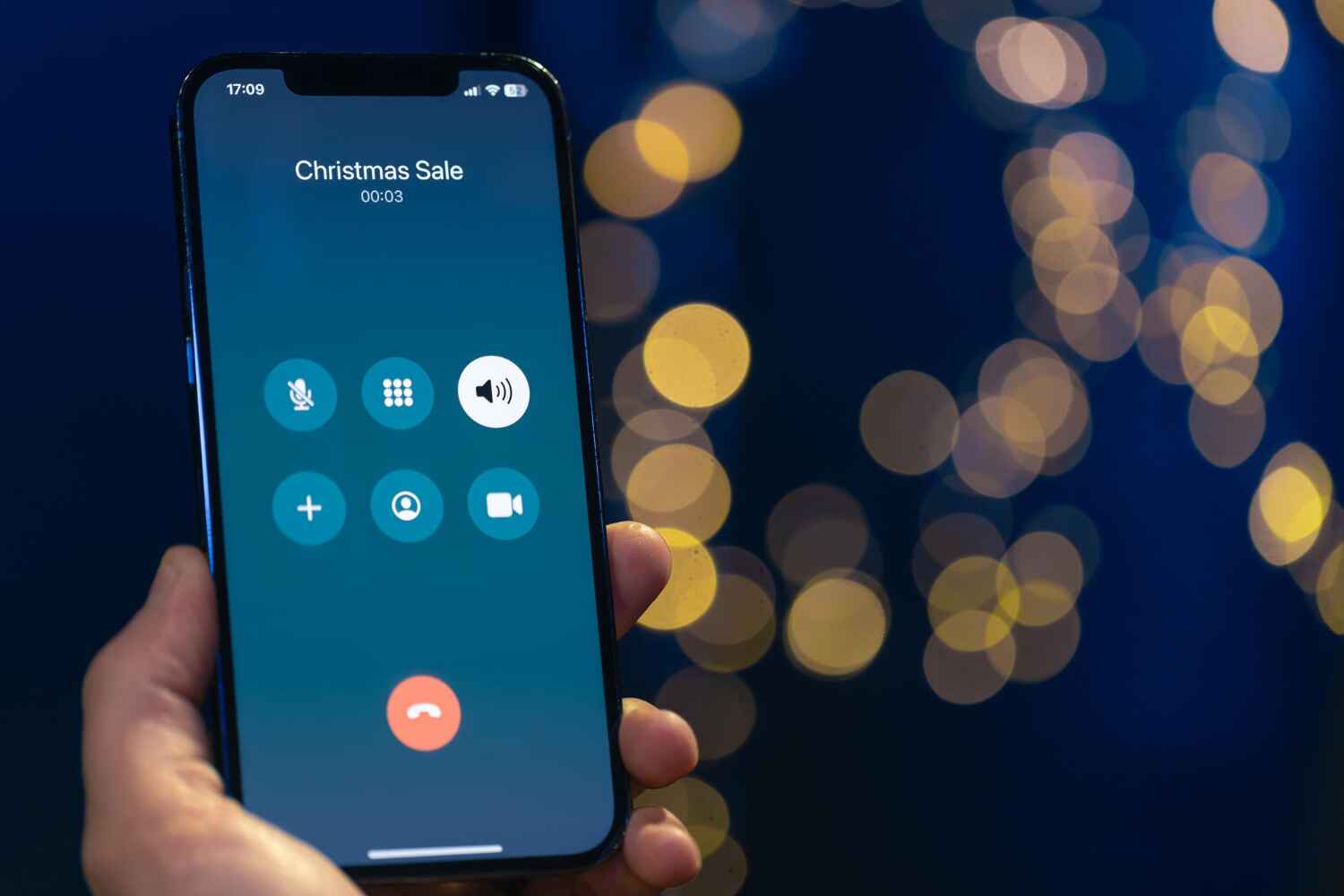In today’s fast-paced world, managing voicemails can sometimes feel like an unnecessary hassle. For many iPhone users, disabling voicemail can simplify their communication and reduce the clutter of unwanted messages. Whether you’re looking to avoid spam calls, streamline your phone usage, or just prefer other methods of communication, knowing how to disable voicemail on your iPhone can be incredibly useful.
Understanding Voicemail on iPhone
Before diving into how to disable voicemail, it’s important to understand what voicemail is and how it functions on your iPhone. Voicemail is a service provided by your carrier that allows callers to leave voice messages when you’re unavailable. These messages are stored on your carrier’s servers and can be accessed via your iPhone’s voicemail app.
Reasons to Disable Voicemail
There are multiple reasons why you might want to disable voicemail on your iPhone:
- Avoiding Unnecessary Messages: If you rarely check your voicemail, disabling it can prevent the accumulation of unimportant messages.
- Preventing Spam and Telemarketing: Disabling voicemail can help reduce the number of spam messages left by telemarketers.
- Simplifying Phone Use: For some, the absence of voicemail can make managing phone calls more straightforward.
Pre-Disabling Checklist
Before you proceed with disabling voicemail, it’s a good idea to:
- Backup Important Voicemails: If there are any voicemails you wish to keep, make sure to save them.
- Inform Contacts: Let your frequent callers know that you won’t be using voicemail so they can reach you through other means.
Method 1: Contacting Your Carrier
The most straightforward way to disable voicemail is by contacting your carrier directly.
- Steps to Call Your Carrier: Dial the customer service number (800-275-2273)Monday-Friday 8:00 a.m. to 5:00 p.m.
- Questions to Ask: Request to disable voicemail services on your account.
- Possible Carrier Restrictions: Some carriers may not allow you to disable voicemail entirely.
Method 2: Using Carrier Codes
Many carriers provide specific codes that can be dialed to disable voicemail.
Understanding Carrier Codes:
Opens field mode that contains all of iPhone’s personal settings, cell information, and newest network(*3001#12345#*)
Displays available minutes (*67#)
Checks Bill Balance(*225#)
Check account balance (for prepaid only)(*777#)
Method 3: Adjusting iPhone Settings
While iPhone settings themselves do not offer a direct way to disable voicemail, there are workarounds:
- Exploring the Limitations: iOS doesn’t provide a built-in option to turn off voicemail.
- Alternative Settings: Consider using call forwarding or other settings to minimize voicemail use.
Method 4: Using Third-Party Apps
Several apps claim to help manage or disable voicemail.
- Overview of Available Apps: Apps like No More Voicemail can help redirect your calls.
- Pros and Cons: While apps can be convenient, they might not work with all carriers or iOS versions.
Method 5: Forwarding Calls to Another Number
You can effectively disable voicemail by forwarding your calls to a non-existent or different number.
- How Call Forwarding Can Disable Voicemail: Forwarding all calls to another number prevents them from reaching your voicemail.
- Setting Up Call Forwarding on iPhone: Go to Settings > Phone > Call Forwarding and enter the desired number.
Troubleshooting Common Issues
While disabling voicemail is generally straightforward, you might encounter some issues:
- Problems with Carrier Support: Not all carriers support disabling voicemail.
- Issues with Call Forwarding: Ensure the forwarded number is correct to avoid missing important calls.
- Other Potential Roadblocks: Some carriers automatically re-enable voicemail after a certain period.
Verifying Voicemail is Disabled
Once you’ve taken steps to disable voicemail, it’s important to verify it.
- How to Check if Voicemail is Deactivated: Call your number from another phone to see if voicemail picks up.
- Testing by Calling Your Number: If calls no longer go to voicemail, you’ve successfully disabled it.
Alternative Solutions
If completely disabling voicemail isn’t practical for you, consider these alternatives:
- Using Do Not Disturb Mode: This feature can silence calls without sending them to voicemail.
- Customizing Voicemail Greetings: Inform callers not to leave messages by changing their voicemail greeting.
Re-enabling Voicemail
If you change your mind and want to re-enable voicemail, the process is typically straightforward:
- Steps to Reactivate Voicemail: Contact your carrier or reverse the settings changes you made.
- What to Consider Before Reactivating: Ensure you’re ready to manage voicemail messages again.
Pros and Cons of Disabling Voicemail
It’s important to weigh the benefits and drawbacks of disabling voicemail:
Pros of Disabling Voicemail vs Cons of Disabling Voicemail
| Reduced Interruptions: No need to check and respond to voicemail messages, which can be time-consuming. | Missed Opportunities: Important messages might be missed if the caller cannot leave a voicemail, especially if they are unable to use other forms of communication. |
| Encourages Alternative Communication: Forces contacts to use more direct and immediate forms of communication such as text messages or emails, which can be more efficient. | Inconvenience for Callers: Callers may find it frustrating if they cannot leave a message and are unsure how to get in touch. |
| Saves Time: Eliminates the need to listen to lengthy voicemail messages, transcribe them, and respond. | Professionalism: For businesses, having voicemail can add a layer of professionalism, ensuring clients or customers that their message will be received and attended to. |
| Cost Savings: Some voicemail services may incur additional costs. Disabling it can save money, especially for businesses. | Emergency Situations: In emergencies, voicemail can be a crucial way for someone to leave important information if they cannot reach you directly. |
| Decreased Miscommunication: Voicemails can sometimes lead to misunderstandings due to poor audio quality or misinterpretation. Text-based communication provides a clearer record. | Dependence on Other Methods: Relying solely on text or email may not be feasible for all contacts, particularly older individuals who may prefer voicemail. |
| Streamlined Workflow: Simplifies communication channels, potentially making it easier to manage and prioritize messages. | Potential for Missed Details: Voicemail often allows callers to leave more detailed messages than they might in a text or email. |
Conclusion
Disabling voicemail on your iPhone can be a liberating experience, freeing you from the constant management of voice messages. Whether you contact your carrier, use carrier codes, adjust settings, employ third-party apps, or forward your calls, there are multiple ways to achieve this goal. Evaluate your needs and choose the method that best suits your lifestyle.
FAQs
How do I know if my voicemail is disabled?
You can verify by calling your number from another phone. If the call doesn’t go to voicemail, it’s disabled.
Can I disable voicemail temporarily?
Yes, you can disable voicemail temporarily by using call forwarding or contacting your carrier.
Will disabling voicemail affect my text messages?
No, disabling voicemail will not affect your ability to send or receive text messages.
What if my carrier doesn’t support disabling voicemail?
If your carrier doesn’t support disabling voicemail, consider using call forwarding or third-party apps as alternatives.
How can I manage missed calls without voicemail?
You can use text messages, email, or other communication methods to follow up on missed calls instead of relying on voicemail.



